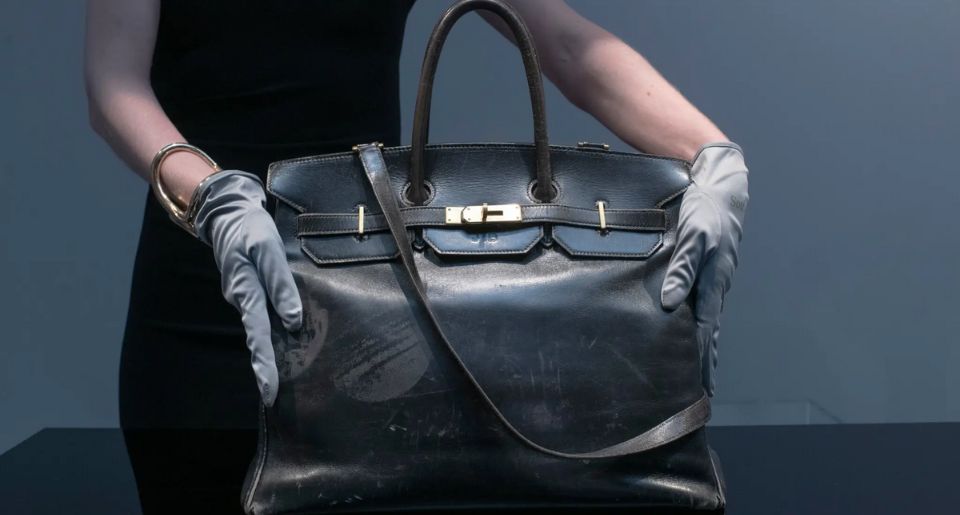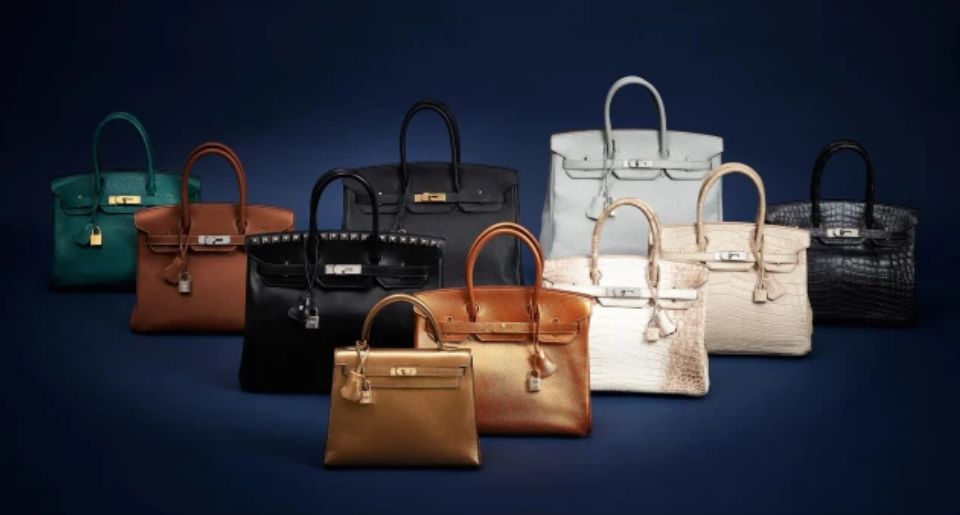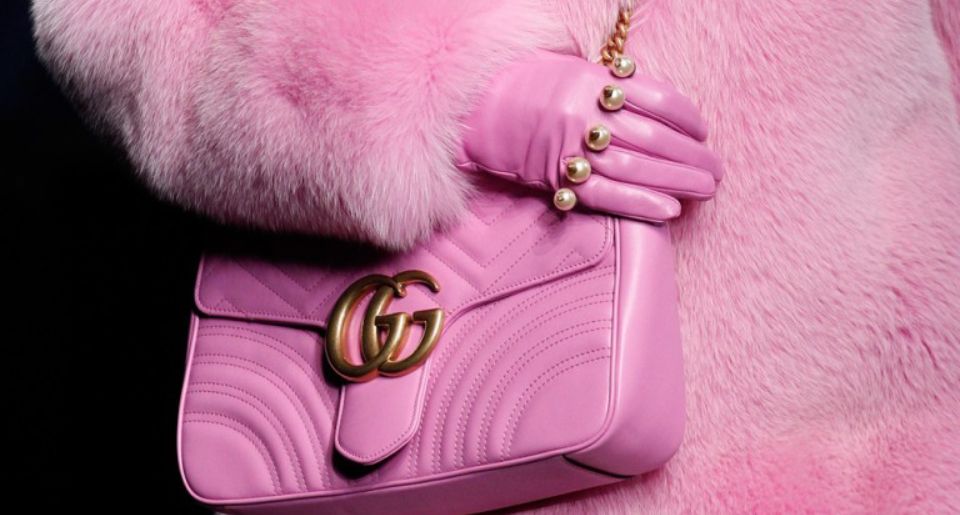(Courtesy of The New York Times)
Contents
- How Being “Chosen” for a Birkin Became Fashion’s Ultimate Badge of Honor
- Why the Birkin Is So Hard to Get
- Hermès in Numbers—and Why Leather Sits at the Center
- How Hermès Keeps the Birkin’s Demand High Without Ever Rushing Supply
- Why the Birkin Works (and Keeps Working)
- How the Resale Ecosystem Keeps the Birkin’s Flame Burning Long After the Boutique
- About The Writer
Hermès made headlines once again when Jane Birkin’s very own Birkin bag—the first-ever prototype created for her in the 1980s—went under the hammer at Sotheby’s in Paris, fetching a jaw-dropping $10.1 million. The sale set a new world record for any handbag ever sold and solidified the enduring influence of Jane’s iconic namesake bag.
According to fashion lore, the Hermès Birkin isn’t bought—it’s earned. Only the fortunate few are ever offered one, usually after long time of waiting and a serious financial commitment. Hermès’s slow, deliberate craftsmanship and famously limited production have turned the bag into an icon of scarcity, one that sells out almost instantly when it surfaces.
So what makes the Birkin such an object of desire, and how did Hermès turn its slow production into global fascination? The answer rests somewhere between craftsmanship, culture, and a perfect sense of control.
How Being “Chosen” for a Birkin Became Fashion’s Ultimate Badge of Honor
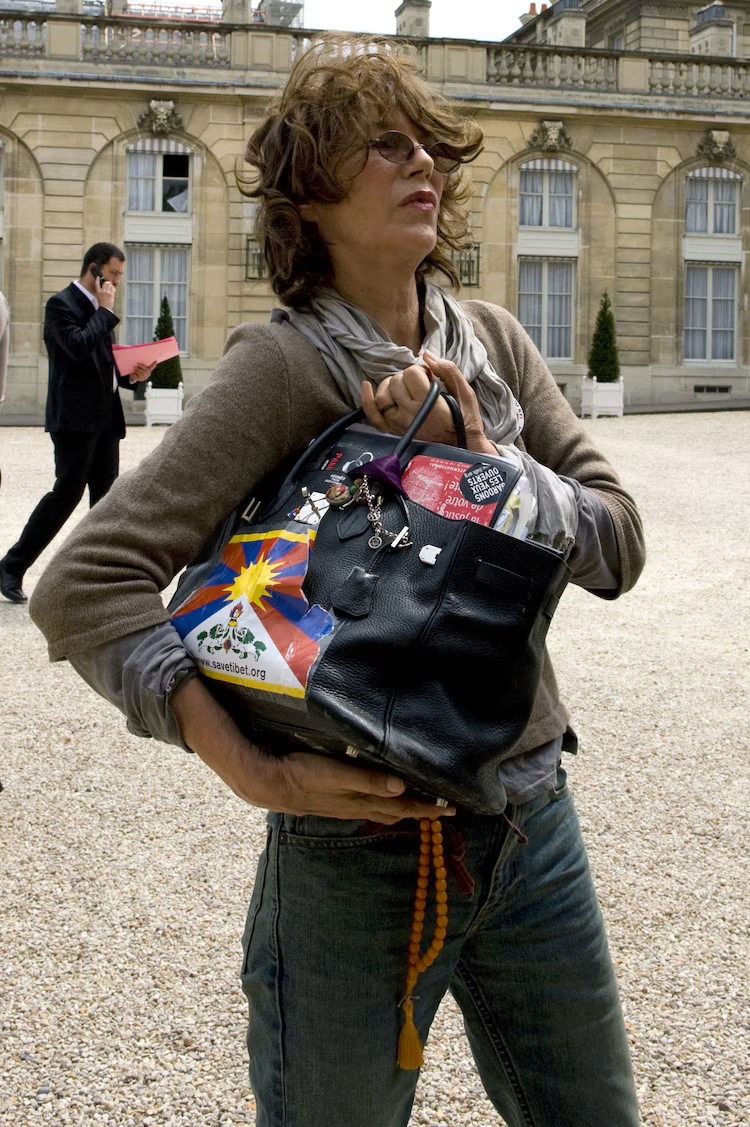
(Courtesy of India Today)
The Birkin made its debut in 1984 after a now-famous encounter between actress Jane Birkin and Hermès executive Jean-Louis Dumas on a flight. As the story goes, she sketched the idea for her dream bag on an airplane sick bag—something roomy enough for busy moms yet elegant enough to carry anywhere.
That impromptu sketch gave birth to a modern icon that would soon stand alongside the Kelly and the silk carré as one of the Maison’s emblematic designs.
Today, the Birkin stands as the most coveted—and costly—handbag in the world. A new one retails for at least $9,000, but at auction, prices can skyrocket to hundreds of thousands of dollars.
But here’s the catch: even if you can afford a luxurious Birkin, getting one is another story entirely. The boutiques rarely have any to sell. As Hermès' artistic director, Pierre-Alexis Dumas, admits, Hermès simply can’t keep up with the demand.
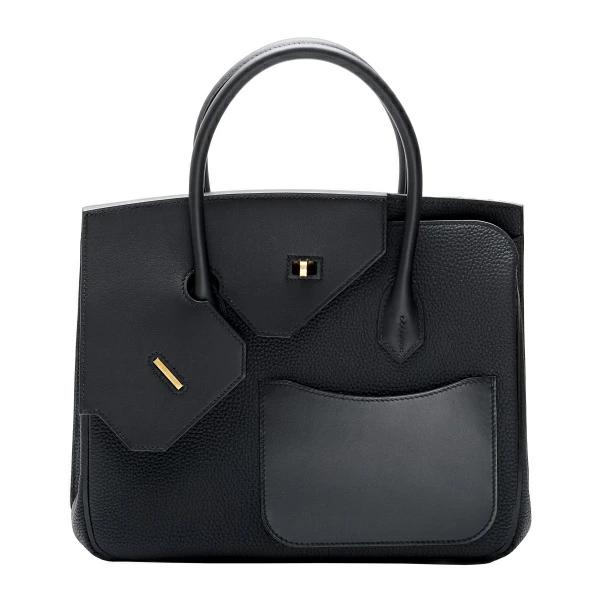
Original second-hand Birkin bag available on ZenLuxe.
If someone wants a Birkin, the process requires patience—and a little faith. You walk into an Hermès boutique, make an appointment, meet with a sales associate, discuss your preferences, and then wait. Sometimes for months, sometimes for years.
Eventually, if fortune favors you, the call comes. Store managers act as gatekeepers to this world of quiet luxury, where exclusivity is part of the allure.
Rumors often swirl that Hermès deliberately limits supply to fuel desire, creating a sense of artificial scarcity. Dumas laughs at the idea, calling it a fantasy dreamed up by those obsessed with marketing strategy.
Hermès, he insists, doesn’t even have a marketing department. “Whatever we have we put on the shelf, and it goes,” he says.
Why the Birkin Is So Hard to Get
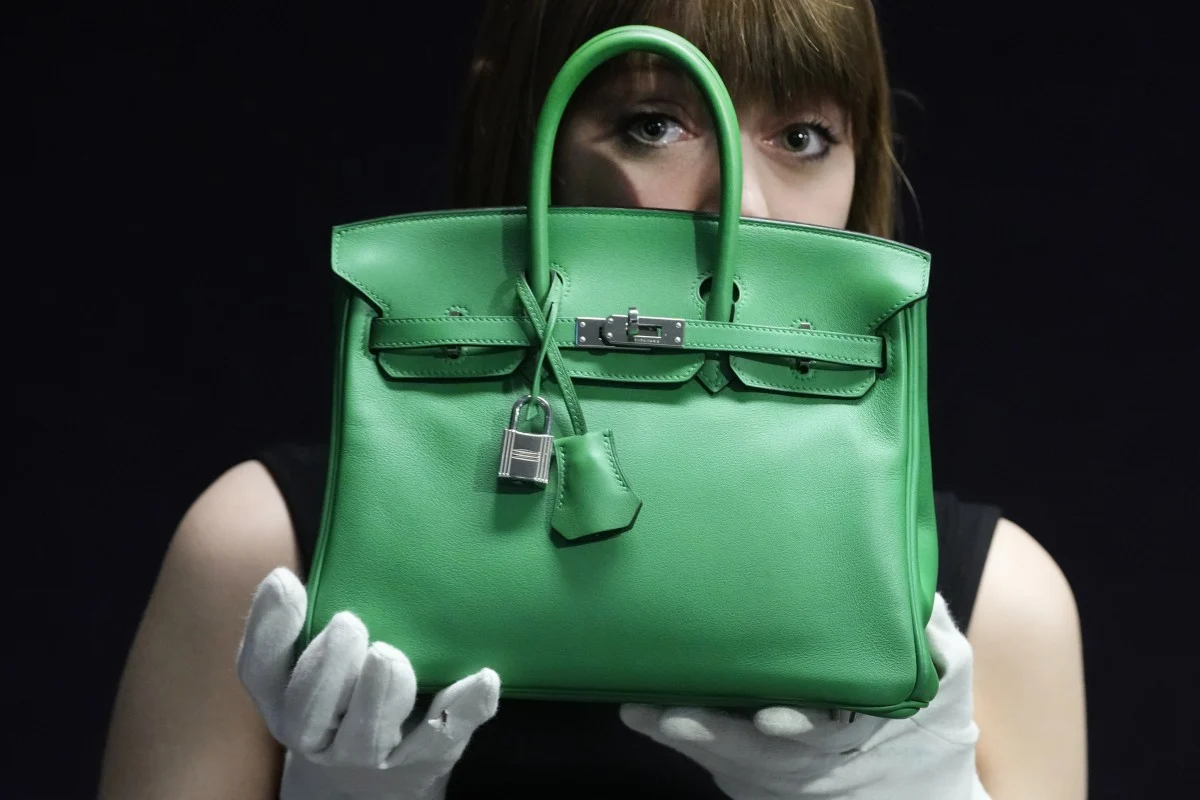
(Courtesy of SCMP)
The truth behind Birkin’s infamous exclusivity is far simpler than the myths suggest: there just aren’t enough skilled artisans to meet the world’s insatiable demand.
Each Birkin is crafted entirely by a single craftsperson from start to finish, a tradition that’s remained unchanged for over a century. As Dumas puts it with a hint of humor, “Hermès is an old lady with startup issues.”
The brand has grown rapidly, but its strength lies in holding onto what matters most: craftsmanship, patience, and values that can’t be rushed. With an integrated production model at its core, Hermès produces 55% of its goods in exclusive, in-house workshops and crafts 74% of its creations in France.
The only way to expand without losing strength is by training people—many people—for a craft that becomes their lifelong profession. The brand invests heavily in perfecting its artisans’ know-how, ensuring craftsmanship evolves without losing its soul.
To that end, in 2021, Hermès opened a dedicated leatherwork training center, producing around 400 graduates a year. Each student is immersed in the savoir-faire of handcrafting, mastering techniques passed down through generations—most famously, the Hermès saddle stitch.
Unlike machine stitching, the saddle stitch resists replication. It’s the work of skilled hands alone: two needles, waxed linen thread, and the steady rhythm of an artisan creating something built to last.
Hermès in Numbers—and Why Leather Sits at the Center
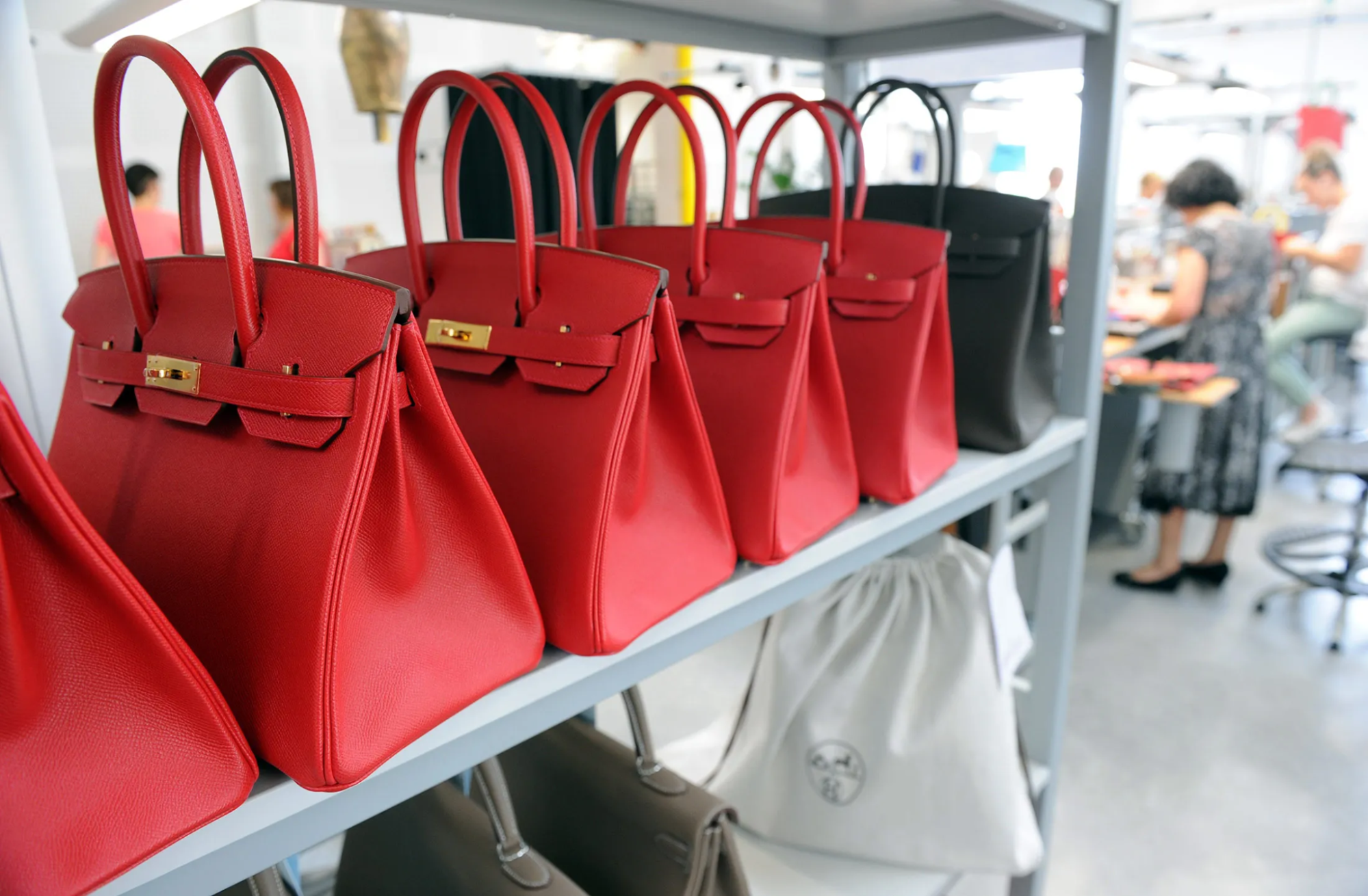
(Courtesy of Bloomberg)
Hermès closed 2024 with €15.2 billion in revenue, up 15% at constant exchange rates, according to the brand’s “Outstanding results in 2024” report.
Recurring operating income hit €6.2 billion (40.5% of sales), while net profit reached €4.6 billion (30.3% of sales)—numbers that firmly place the house among the most profitable names in global luxury.
What powers these remarkable figures isn’t ready-to-wear or perfume—it’s leather. The Leather Goods & Saddlery division remains the beating heart of the maison, growing 18% year-over-year and accounting for nearly half of total revenue.
This success is built on one simple truth: the world’s insatiable desire for Hermès handbags, especially the Birkin and its equally storied sibling, the Kelly.
Unlike most luxury houses that scale production to meet demand, Hermès does the opposite—training artisans slowly, expanding workshops cautiously, and crafting each bag by hand in France.
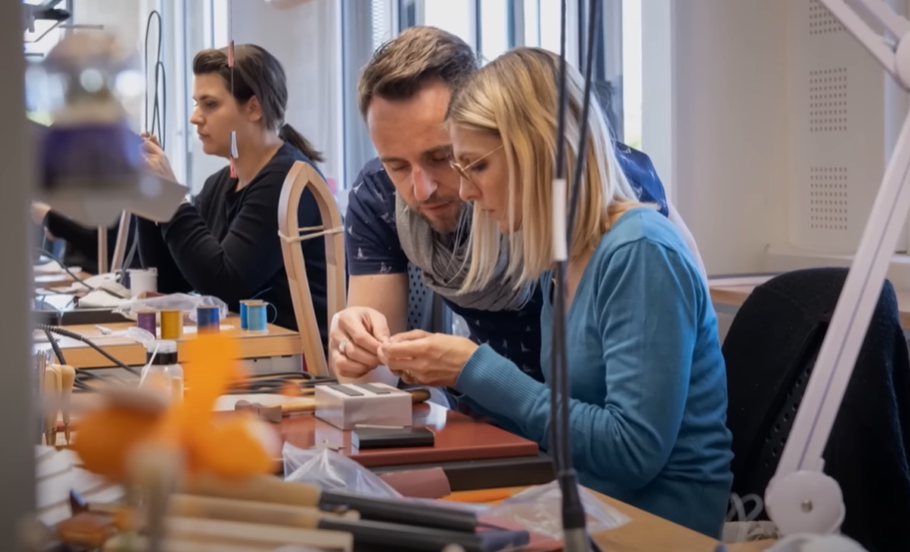
(Courtesy of 60 Minutes)
That discipline keeps supply naturally scarce, turning every new Birkin release into a global event. Each financial result Hermès posts is, in part, a reflection of this restraint: growth that comes not from volume, but from value.
For both collectors and investors, those impressive leather profits tell a bigger story—they’re proof that craftsmanship still triumphs over speed. And even with years-long waitlists, the Birkin’s legendary aura hasn’t dimmed at all; if anything, it’s become the very engine behind Hermès’s soaring success.
Here’s the jaw-dropper: Birkin bags can double in value in as little as five years. Hermès experts say they’re an even smarter investment than gold. “It's similar to buying a Picasso and holding it in your home, because you can look at it, you can enjoy it,” said James Firestein, founder of OpenLuxury.
How Hermès Keeps the Birkin’s Demand High Without Ever Rushing Supply
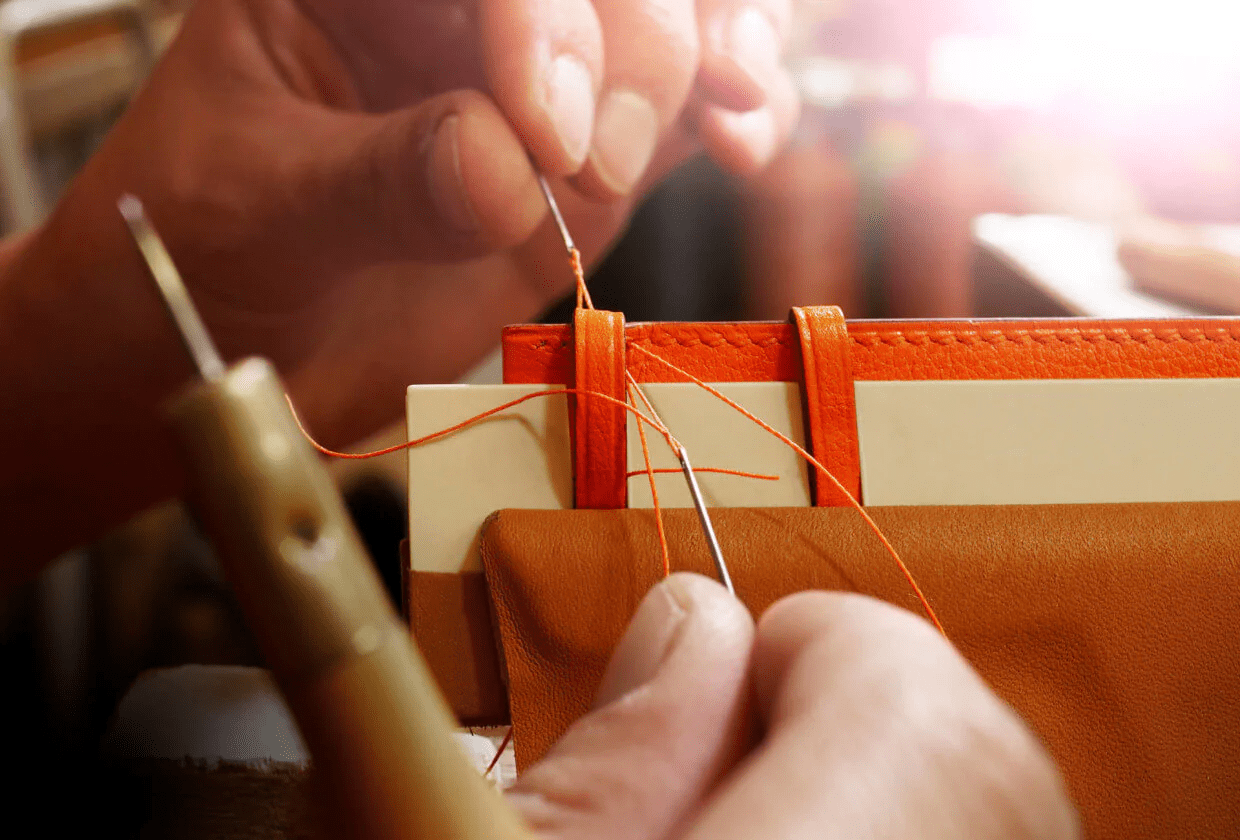
(Courtesy of Watches World)
In Greek mythology, Hermes—the son of Zeus and god of speed—was known for his winged sandals, winged hat, and remarkable agility. Today, the French fashion house that bears his name represents the complete opposite kind of power: the luxury of slowing down.
Inside Hermès’s ateliers across France, time seems to slow down. The calm air carries a sense of purpose—no rush, no noise, only quiet dedication to creating something exceptional. Instead of hurried schedules or mechanical routines, time is measured by mastery and the patience it takes to achieve perfection.
The brand’s world-famous Birkin is handcrafted by a single skilled artisan, often taking between 15 and 20 hours to complete. Hermès keeps production limited, expanding capacity through new workshops and long training cycles rather than outsourcing production.
Hermès is systematically adding leather ateliers in France to expand responsibly. Since 2010, the Parisian label has opened thirteen leather workshops across France, steadily scaling up its production while staying true to its values.
By training new generations of craftspeople, Hermès has gradually increased production, though the maison keeps its exact numbers under wraps. That, too, remains part of the mystique.
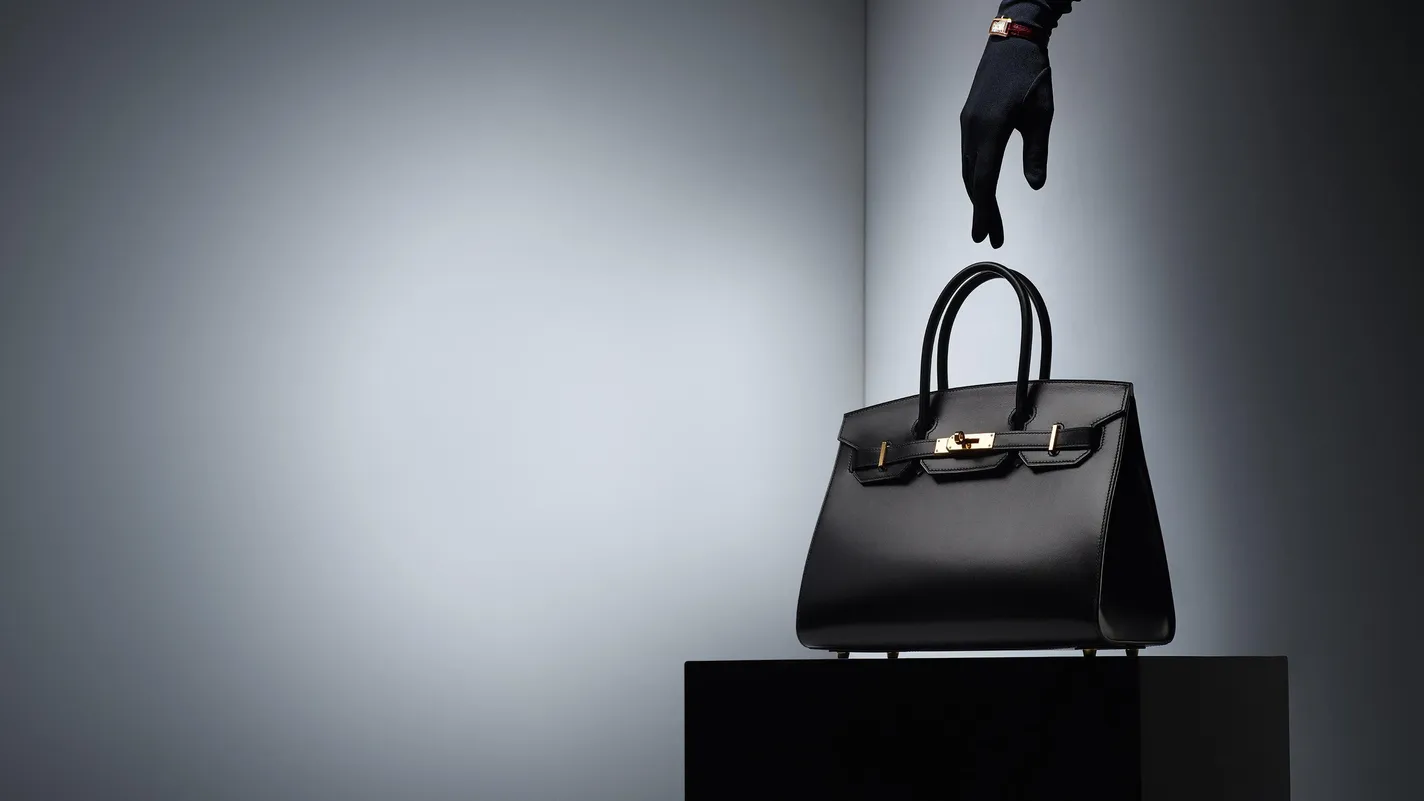
(Courtesy of The Economist)
With the Birkin now a hotter commodity than ever, the maison accelerates its expansion strategy to meet rising demand without compromising the integrity of its original savoir-faire. Yet, deep down, it’s hard to ignore the quiet genius behind it all. The house fully understands the power of restraint—its limited, meticulously controlled production only feeds the Birkin legend even more.
Still, the secrecy surrounding waitlists and availability has left some customers frustrated enough to take legal action. For those hoping to own one, the journey is anything but simple. The waiting list is legendary, and rumor has it that only long-standing Hermès clients with a solid purchase history are even considered for the opportunity to buy one.
The French house became the target of an antitrust class action lawsuit, with plaintiffs arguing that Hermès unfairly reserved Birkins for its top-spending customers. But the case was recently dismissed for a second—and final—time.
Judge James Donato ruled that, while Hermès may indeed favor its best clients, doing so doesn’t violate antitrust law. In other words, the Birkin’s unattainable status isn’t just by design—it’s entirely within the rules. And that, perhaps, is the most Hermès thing of all.
Dumas stands firm amid all accusations and legal noise, maintaining that true craftsmanship takes time. A factory can rush a car off the line, but a Birkin requires long hours of meticulous, human effort, and if it falls short of the house’s standards, it never leaves the workshop.
For Hermès, speed has never been the goal. You can’t compress time without compromising quality, and Hermès refuses to do either.
Why the Birkin Works (and Keeps Working)

(Courtesy of Page Six)
Say the word “Birkin,” and everyone in the luxury world listens. This isn’t just another handbag—it’s a cultural symbol of craftsmanship, exclusivity, and enduring elegance.
What keeps the world endlessly fascinated by one bag? Three key reasons explain why the Birkin remains one of the most sought-after creations ever made:
- Tight production anchored in France. Hermès expands by opening new workshops in France and training its own artisans instead of outsourcing. This approach keeps supply intentionally limited and ensures every piece meets the maison’s exacting standards.
- Category mix and financial discipline. Leather’s 43% share of total sales keeps Hermès focused on protecting both craftsmanship and pricing power. It’s hard to argue with results—the Birkin’s soaring demand proves that Hermès has mastered its formula for success.
- Cultural resonance confirmed by the resale market. Auction ceilings for rare pieces and high average retention on mainstream variants reinforce the perception that a Birkin “stores” value, even if individual outcomes vary by condition, specification, and market cycle.
How the Resale Ecosystem Keeps the Birkin’s Flame Burning Long After the Boutique
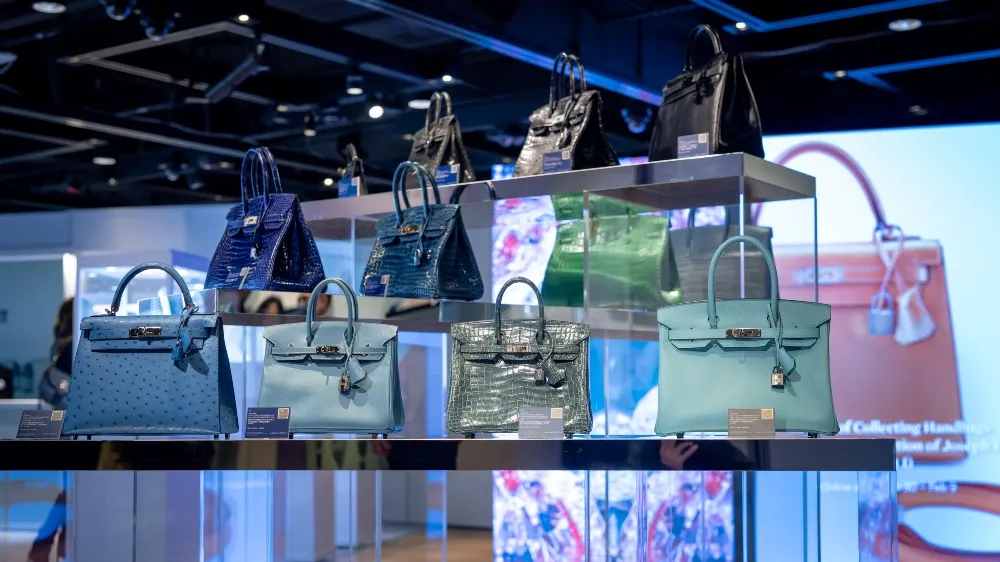
(Courtesy of Robb Report)
Unlike most fashion items, which depreciate once they leave the boutique, Birkins are effectively insulated by Hermès’s strict production control. With demand climbing to the roof, Hermès still keeps production intentionally tight. Hermès artisans produce bags by hand, one at a time, in France, creating structural scarcity that continues to fuel secondhand demand.
Specialized resale platforms have further professionalized this market, employing rigorous authentication, provenance tracking, and restoration. Japan, in particular, has become a global center for secondhand luxury, known for meticulous inspection standards and product preservation. This reputation for precision has positioned Japan-based platforms like ZenLuxe as trusted sources for authenticated, pre-loved Hermès pieces.
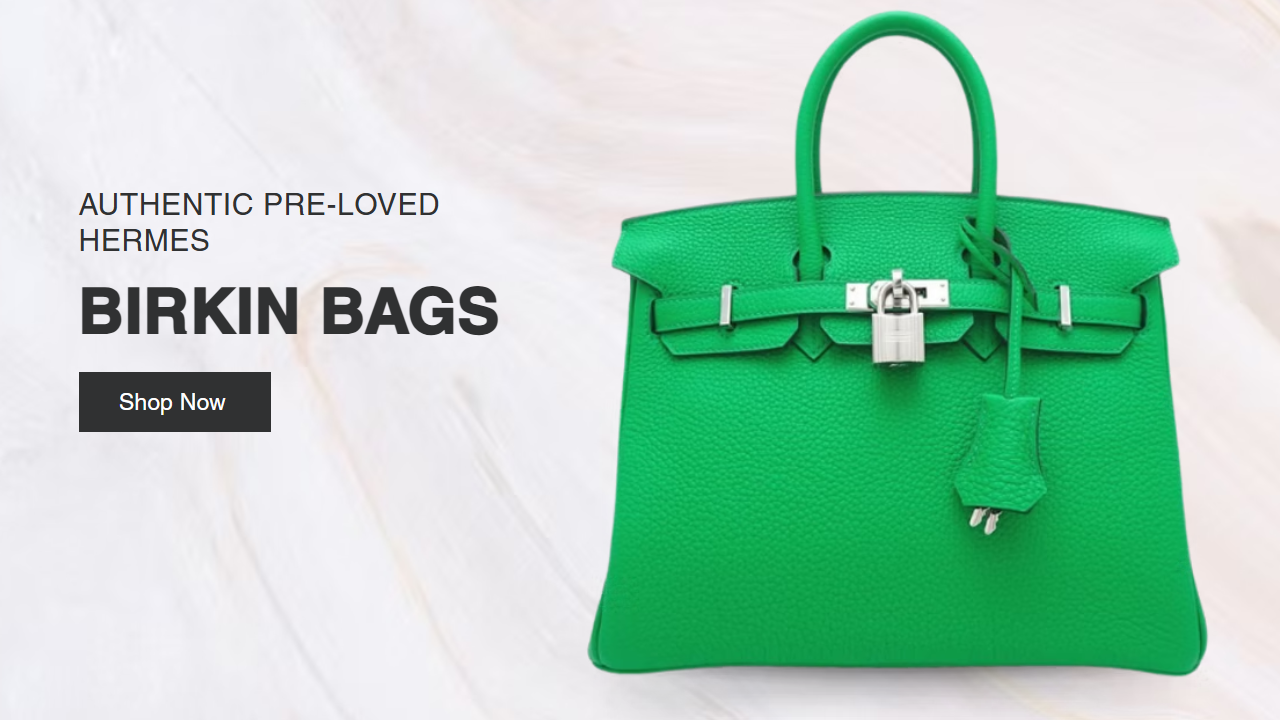
ZenLuxe offers a curated selection of authentic Hermès Birkin bags.
For avid collectors, tracking down a pristine second-hand Birkin—let alone a rare limited-edition version—can feel nearly impossible right now. ZenLuxe puts an end to this classic struggle through its curated selection, offering access to an original lineup of hard-to-find Birkin bags, all meticulously authenticated in Japan and available for worldwide shipping.
Each bag is sourced and inspected under the country’s renowned luxury-resale standards, giving international buyers a secure way to own a piece of Hermès heritage without the years-long boutique waitlist.
About The Writer
Meet Mariam — a fashion writer who lives and breathes all things vogue and glamour. For her, the most therapeutic aspect of fashion goes beyond simply shopping for the latest styles that appear in stores; it’s fully experiencing this glamorous world from the little details to the big moments (there's nothing quite like the thrill of flipping through a sleek fashion magazine, is there?).

